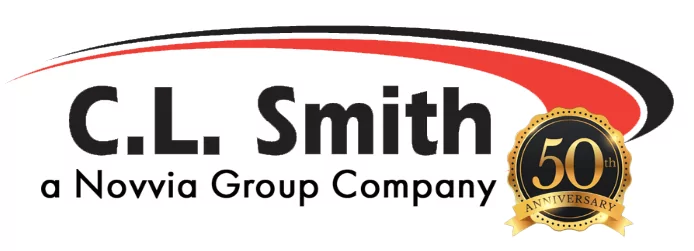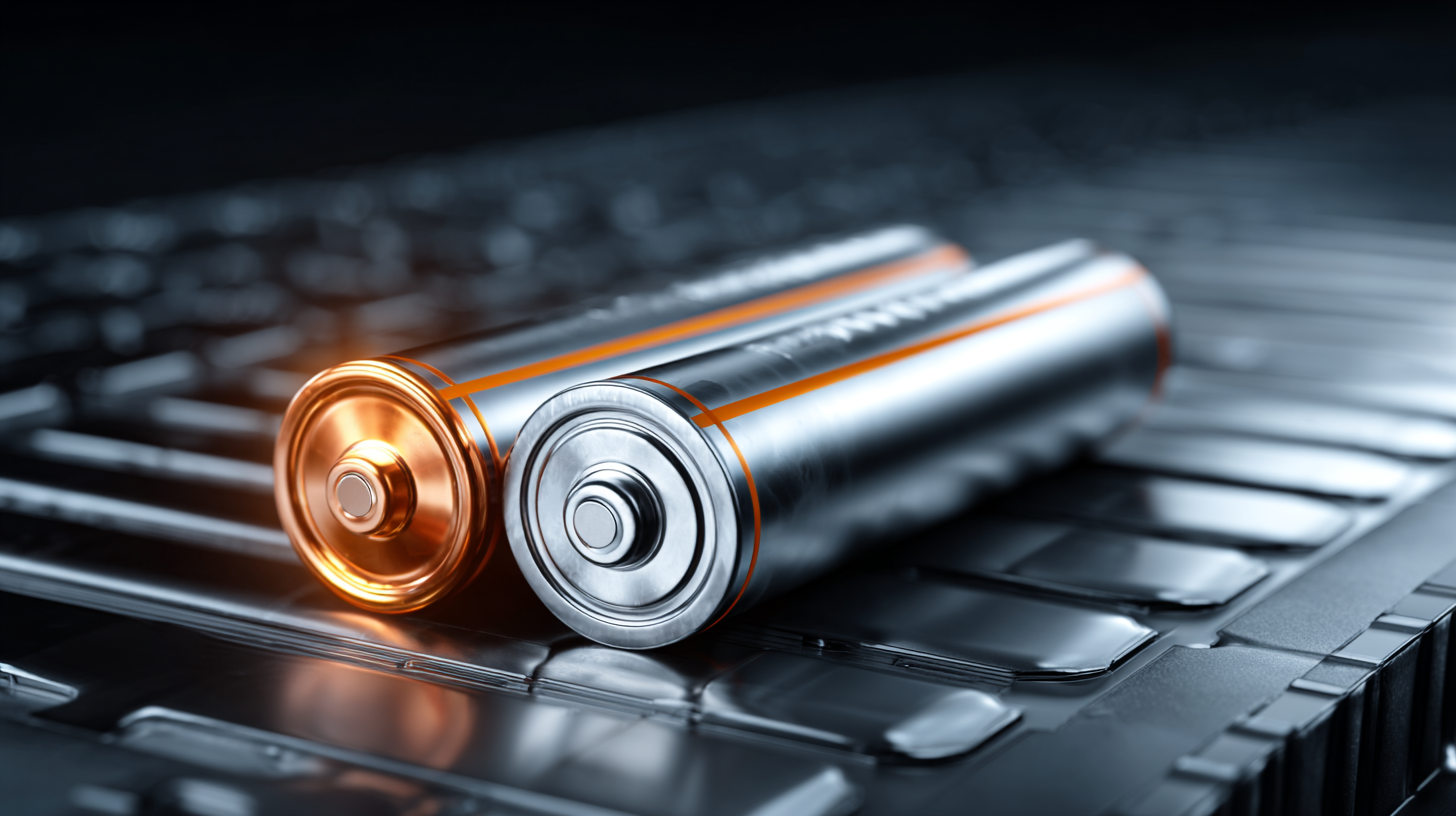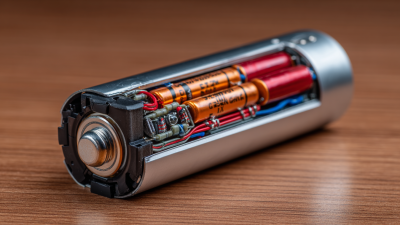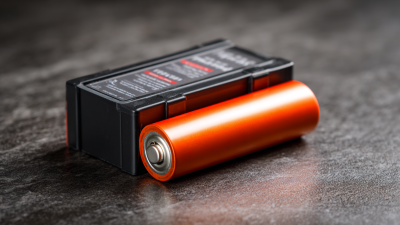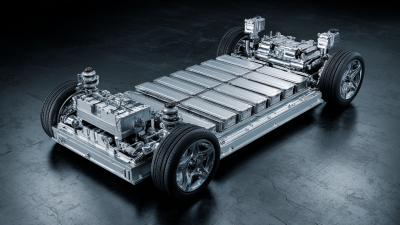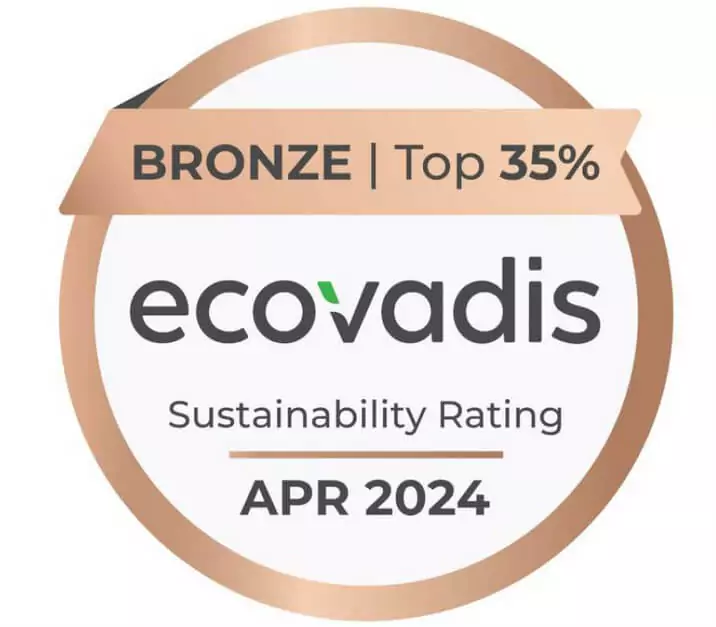What is the Role of Lithium Batteries in Modern Technology
As we navigate through the 21st century, the significance of
lithium batteries
in modern technology cannot be overstated. These powerful energy storage solutions play a pivotal role in
a wide array of applications, ranging from consumer electronics like smartphones and laptops to electric
vehicles and renewable energy systems. The unique properties of lithium batteries, including their
high energy density, lightweight nature, and ability to recharge quickly, make them an ideal
choice for powering today's advanced technologies. Furthermore, as the world increasingly shifts towards
sustainable energy solutions, the demand for lithium batteries continues to grow, driving
innovations and improvements in efficiency and longevity. This article delves into the various roles that
lithium batteries fulfill in contemporary technology, exploring both
their benefits and challenges in an ever-evolving landscape.
The Evolution of Lithium Batteries in Portable Electronics
The evolution of lithium batteries has significantly transformed the landscape of portable electronics, making them an essential component of modern technology. According to a report by Grand View Research, the global lithium-ion battery market size was valued at approximately $36.7 billion in 2020, with a projected compound annual growth rate (CAGR) of 17.6% from 2021 to 2028. This rapid growth can be attributed to the increasing demand for portable devices, including smartphones, laptops, and wearables, which heavily rely on lithium batteries for their energy needs.
Historically, lithium batteries emerged in the late 20th century, but it was not until the early 2000s that they became widely adopted in consumer electronics. Their lightweight nature, high energy density, and ability to recharge quickly set them apart from traditional battery technologies. A study released by the International Energy Agency (IEA) highlights that by 2022, lithium batteries powered around 98% of the global portable electronics market. This remarkable integration has enabled advancements in device performance, allowing for longer usage times and thinner designs, ultimately enhancing user experience in an ever-evolving digital world.
Key Applications of Lithium Batteries in Renewable Energy Solutions
Lithium batteries are at the forefront of renewable energy solutions, offering a versatile and efficient means of energy storage that is crucial for integrating various renewable sources into the power grid. According to a report by BloombergNEF, the global lithium-ion battery market is anticipated to reach over $100 billion by 2030, driven significantly by the increase in electric vehicle (EV) adoption and renewable energy applications. These batteries are essential in bridging the gap between energy supply and demand, especially in solar and wind energy sectors, which can be variable and intermittent.
The integration of lithium batteries into renewable energy systems enhances grid stability and enables better energy management. For example, the International Energy Agency (IEA) states that deploying large-scale battery storage systems can reduce the levelized cost of electricity (LCOE) for renewable sources by accommodating fluctuations in generation and consumption. Additionally, recent advancements in battery technology have improved energy density and longevity, making lithium batteries a prime choice for applications such as residential solar systems, where they store excess energy generated during the day for use at night. As the world shifts towards a more sustainable energy future, the role of lithium batteries in renewable energy solutions is becoming increasingly pivotal.
Lithium Batteries vs. Other Battery Technologies: A Comparative Analysis
Lithium batteries have become a cornerstone of modern technology, particularly when comparing them against other types of batteries such as nickel-metal hydride and lead-acid. The global alkaline battery market is projected to grow from $7.92 billion in 2025 to $10.18 billion by 2032, indicating a steady demand for battery storage solutions. However, lithium-ion batteries stand out due to their higher energy density, longer life cycles, and lighter weight, making them more suitable for electric vehicles (EVs) and renewable energy applications.
As the electric vehicle battery market is expected to rise from $76.9 billion in 2025 to $115.21 billion by 2032, the advantages of lithium batteries become increasingly relevant. The lithium battery recycling market is also gaining traction, highlighting the need to efficiently reclaim valuable materials.
**Tip:** When considering battery technology for specific applications, evaluate the energy requirements and weight constraints, as lithium batteries may provide substantial benefits in efficiency and longevity compared to traditional options. As the market for various battery types continues to evolve, staying informed about the latest developments will allow consumers and industries to make better choices.
Comparison of Lithium Batteries and Other Battery Technologies
This chart compares the energy density (Wh/kg) of Lithium batteries with other common battery technologies, highlighting their significant advantages in modern technology applications.
The Impact of Lithium Battery Technology on Electric Vehicles
Lithium battery technology has been a cornerstone in the evolution of electric vehicles (EVs), significantly enhancing their performance and environmental sustainability. Unlike traditional internal combustion engines, EVs rely entirely on lithium-ion batteries for power, offering higher energy density and faster charging times. This shift to electric propulsion not only reduces greenhouse gas emissions but also lessens fossil fuel dependency, signaling a vital step toward a greener future.
The advancements in lithium battery technology have also led to an increase in the range and efficiency of electric vehicles. Modern lithium batteries can store more energy in a smaller and lighter package, enabling manufacturers to produce EVs that can travel greater distances on a single charge. Additionally, improvements in battery management systems have optimized charging cycles, ensuring prolonged battery life and reducing the overall cost of ownership. As the automotive industry continues to innovate, the role of lithium batteries remains central to the transition towards cleaner and more efficient transportation solutions.
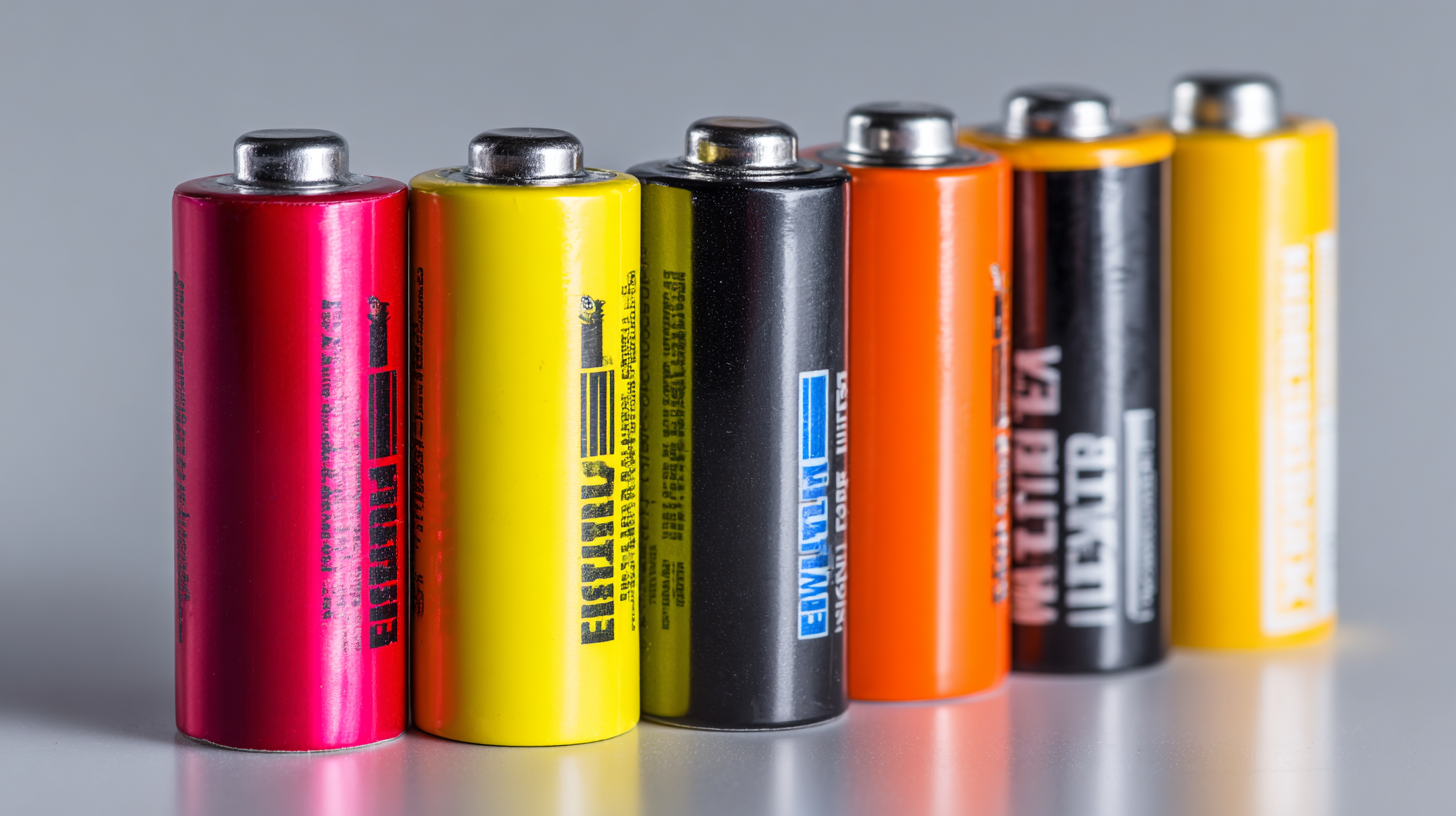
Future Trends in Lithium Battery Development and Innovation
The future trends in lithium battery development and innovation are poised to redefine the landscape of energy storage and consumption. A recent report by BloombergNEF indicates that the global lithium-ion battery market is expected to grow from approximately $40 billion in 2020 to over $100 billion by 2025, fueled by increasing demand in electric vehicles (EVs) and renewable energy storage solutions. This expansion is not only about increasing capacity but also enhancing efficiency and sustainability of battery technologies. Researchers are now focusing on the development of solid-state batteries, which promise higher energy densities and improved safety by eliminating flammable liquid electrolytes.
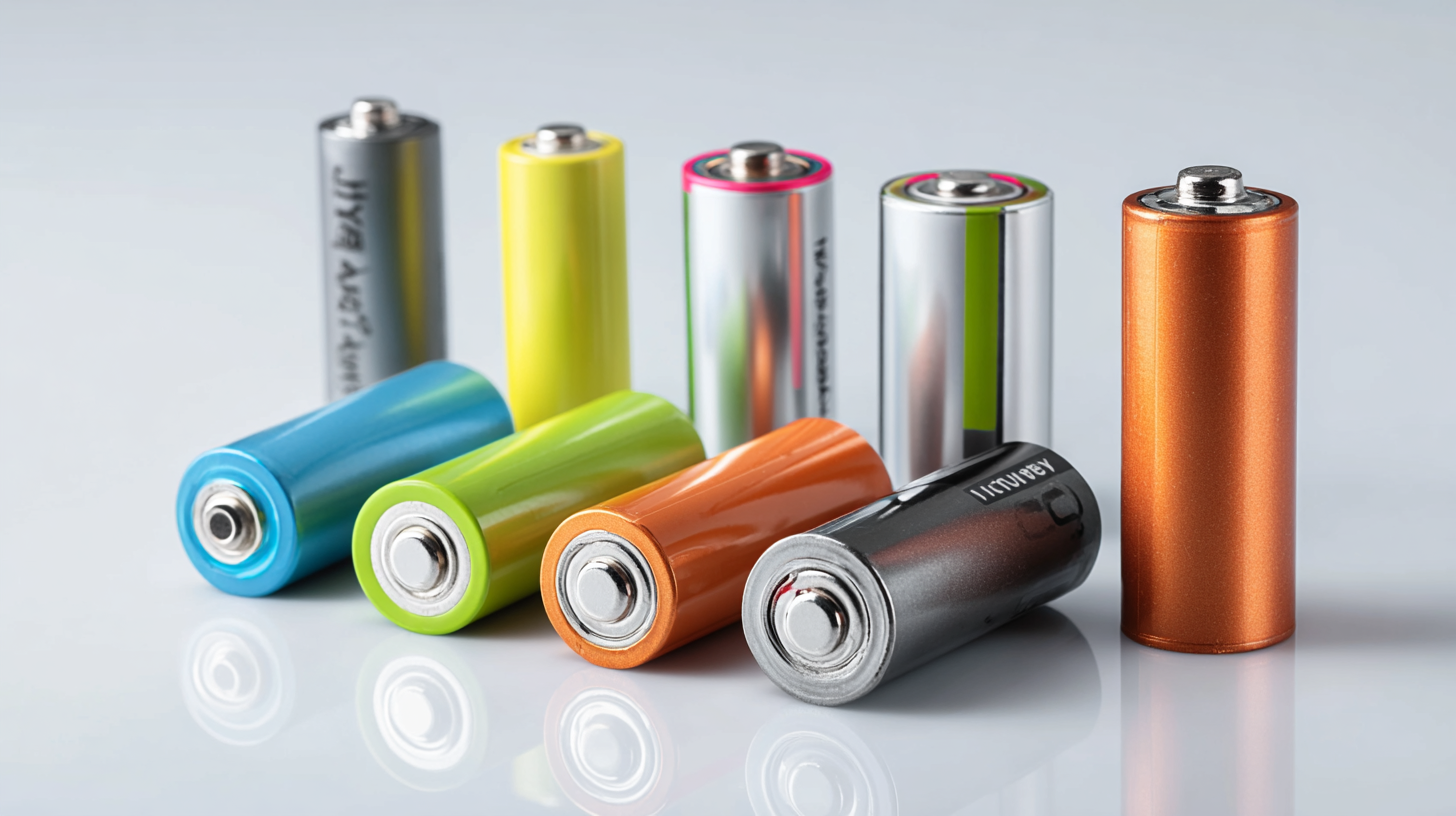
In addition, advancements in recycling technology are becoming critical as the industry seeks to mitigate environmental impacts. The International Energy Agency (IEA) forecasts that by 2040, the demand for lithium could increase by as much as 19 times current levels due to EV adoption and grid storage requirements. This dramatic rise emphasizes the urgent need for innovative recycling methods to reclaim valuable materials from spent batteries. Innovations such as the closed-loop recycling processes and the integration of artificial intelligence in battery manufacturing are seen as key drivers for enhancing sustainability while meeting market demands efficiently.

